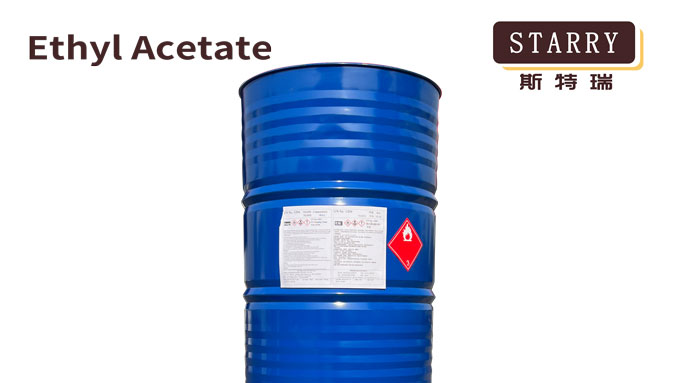Ethyl Acetate, CAS 141-78-6, an organic compound characterized by its colorless appearance and pleasant fruity scent, plays a key role in the paints and coatings industry. Its unique properties make it an excellent choice as a solvent in multiple applications.
- 1. Solvency: Ethyl acetate is particularly noted for its excellent solvency for a wide range of resins including nitrocellulose, rosin, phenolic, alkyd, and many others. This makes it a key ingredient in many paint and coating formulations.
- 2. Quick Drying: One of the most desirable traits of ethyl acetate in the paints and coatings industry is its fast evaporation rate. This means that paint and coating products containing ethyl acetate dry rapidly, reducing the waiting time between coats and speeding up the overall painting process.
- 3. Versatility: Ethyl acetate’s chemical structure allows it to mix with a variety of other solvents and diluents. This makes it extremely versatile and suitable for various types of paints and coatings, from architectural paints to industrial finishes.
- 4. Eco-friendly: Compared to other commonly used solvents, ethyl acetate is less harmful to the environment. It’s readily biodegradable and has low potential for bioaccumulation, making it a greener choice for paint and coating formulations.
- 5. Cost-Effective: Ethyl acetate is relatively economical compared to other solvents with similar properties. This, combined with its effectiveness and efficiency, makes it a cost-effective choice for the industry.

From high-performance industrial coatings to everyday household paints, ethyl acetate’s many advantages make it an essential component in the paints and coatings industry. As the industry continues to evolve and innovate, the demand for versatile, eco-friendly, and cost-effective solvents like ethyl acetate is set to grow.




